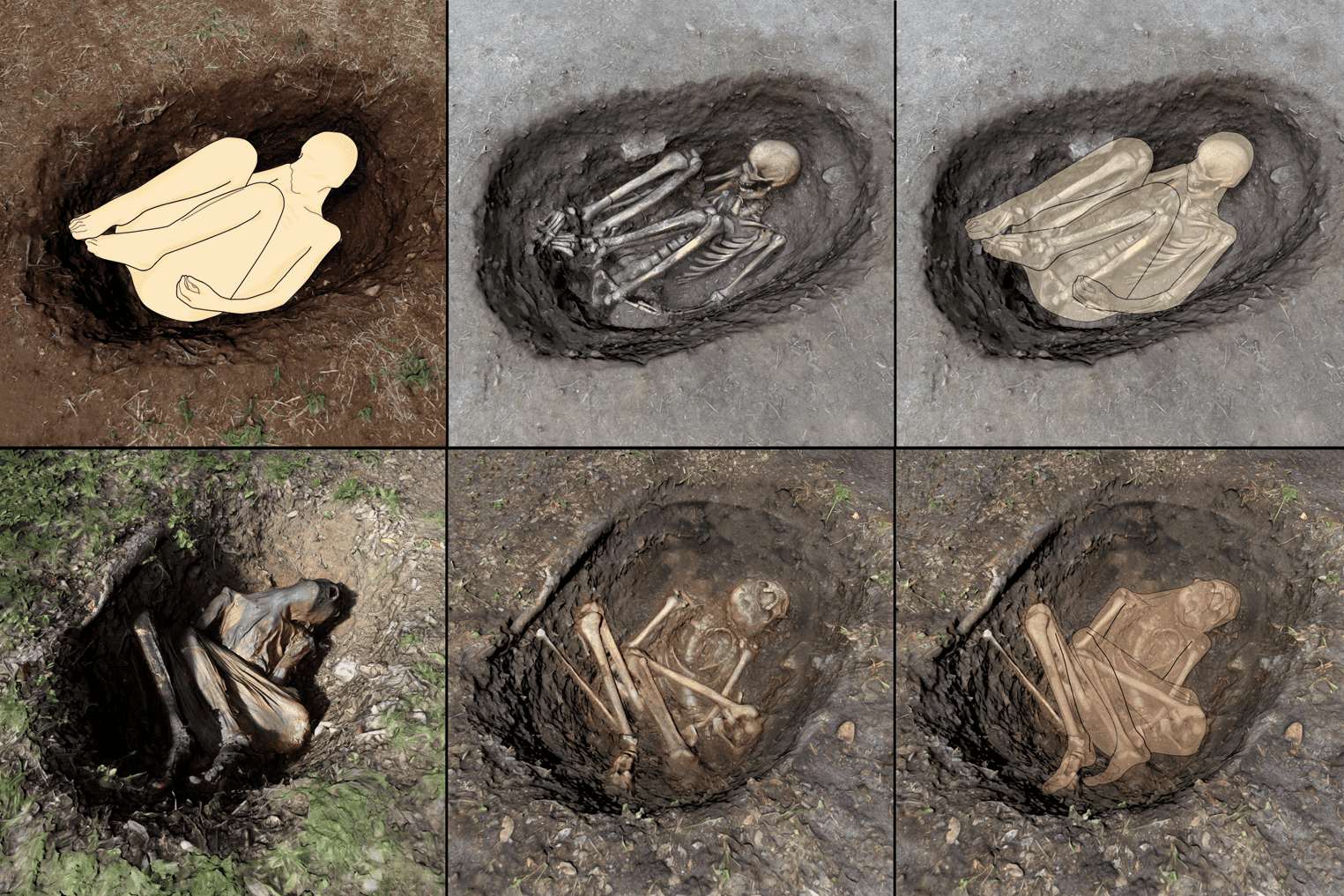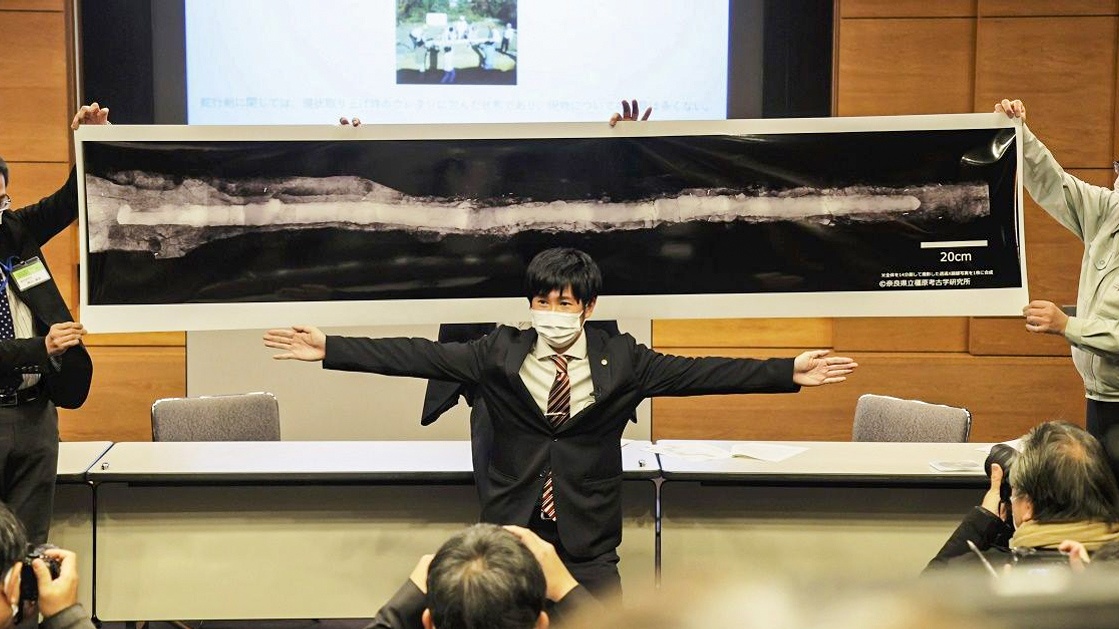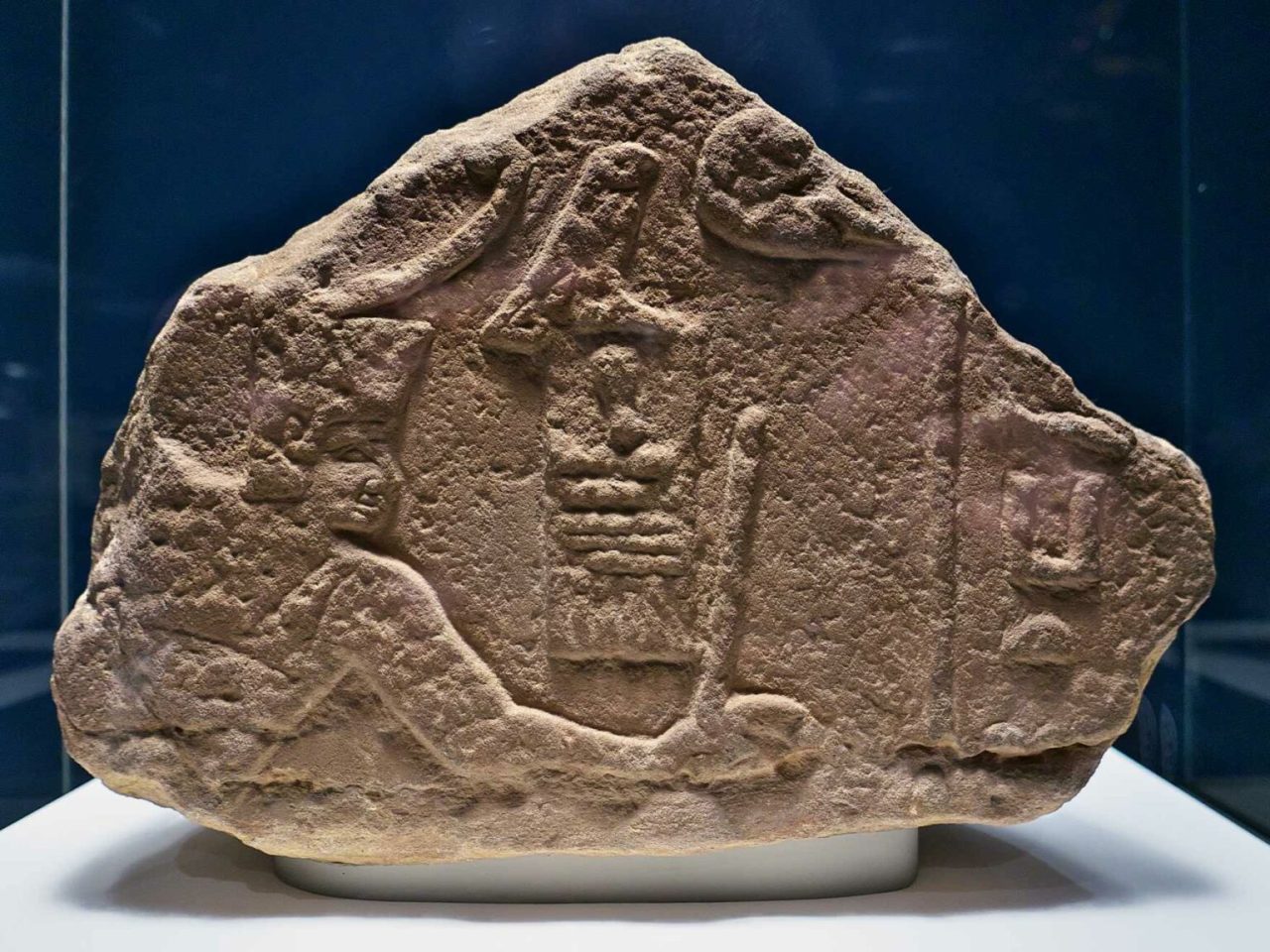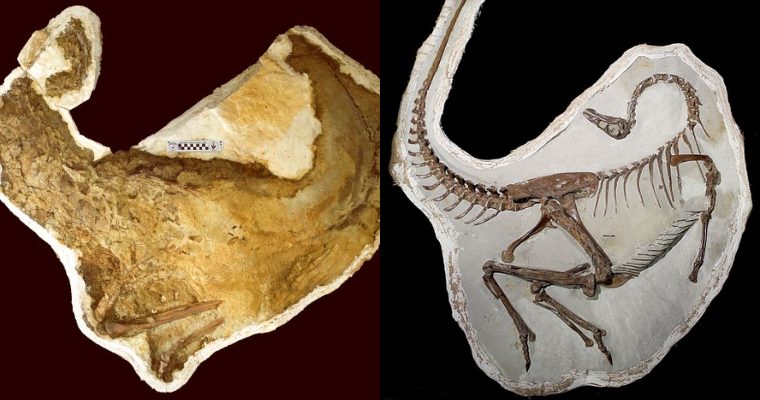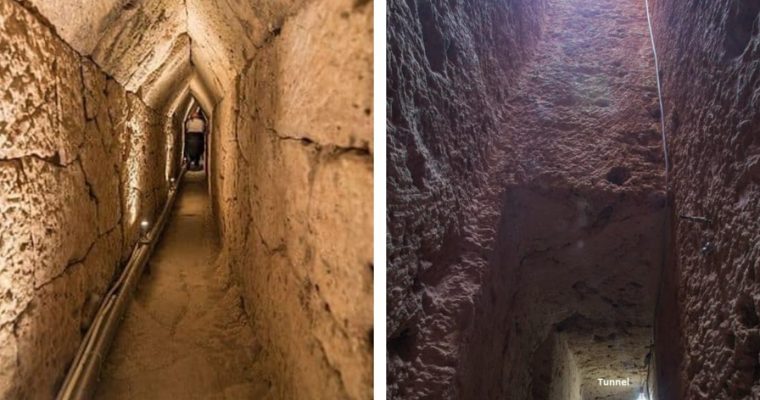If you fancy some chicken nuggets the next time you’re in Rome, you could be treated to more than just your dinner.
A McDonald’s just south of the Italian capital is situated directly above an exceptionally well-preserved stretch of Roman road, complete with the skeletons of three men.
The fast food chain has opened its doors, and the Roman road, to the public this week, allowing tourists to explore the area while they eat.

Three skeletons were also found under the McDonalds, believed to have been buried there in the 3rd century after the road had become derelict.
The 2,000-year-old road was first discovered in 2014 while the McDonald’s was being built, in Frattocchie, Italy.
Archaeologists helped to excavate the site, and McDonald’s itself contributed 300,000 euros (£250,000/$320,000) to the dig.
The paved road is believed to be connected with the Appian Way – one of ancient Rome’s busiest roads, which led from Rome to Brindisi on the coast.
Named after the Roman official, Appius Claudius Caecus, the highway became known as ‘regina viarium’ which translates to ‘queen of roads.’
Speaking to The Telegraph, Alfonsina Russo, superintendent of archaeology for Rome, said: ‘We think it was a side road that connected the Appian Way to a settlement or maybe an important property such as the villa of a rich noble or an imperial estate.
‘Sadly only this section survived – the rest was destroyed. But it’s of great historical importance.
‘The Appian Way was travelled by famous figures such as (the Roman poet) Horace, who recounted his journey from Rome to Brindisi in his Satires.’

Mario Federico, head of McDonald’s Italia, said: ‘This is our first museum-restaurant. ‘We’ve been able to return a stretch of Roman road to the local community and to the whole of Italy’

The paved road is believed to be connected with the Appian Way – one of ancient Rome’s busiest roads, which led from Rome to Brindisi on the coast
A McDonalds just south of the Italian capital is situated directly above an exceptionally well-preserved stretch of Roman road, complete with the skeletons of three men
The road beneath McDonald’s is about 45 metres (150 feet) long, and two metres (seven feet) wide.
It was built in the 2nd century BC, but became disused by the 3rd century.
Three bodies were also found under the McDonalds, believed to have been buried there in the 3rd century.

At the restaurant, diners can look through a transparent panel in the floor to view in the ancient road, or venture down there themselves

The 2,000-year-old road was first discovered in 2014, while the McDonald’s was being built, in Frattocchie, Italy. Archaeologists helped to excavate the site, and McDonald’s itself contributed 300,000 euros (£250,000/$320,000) to the dig
Pamela Cerino, an archaeologist who worked on the dig, told The Telegraph: ‘The skeletons belong to three men, the oldest of whom was aged 35-40.’
A fourth skeleton was also found beneath a nearby petrol station with a coin in its mouth – believed to be an offering to Charon, a character in Greek mythology.
At the restaurant, diners can look through a transparent panel in the floor to view in the ancient road, or venture down there themselves.

The road beneath McDonald’s is about 45 metres (150 feet) long, and two metres (seven feet) wide. It was built in the 2nd century BC, but became disused by the 3rd century
Mario Federico, head of McDonald’s Italia, said: ‘This is our first museum-restaurant.
‘We’ve been able to return a stretch of Roman road to the local community and to the whole of Italy.
‘The project is a good example of how the public and private sectors can collaborate effectively on reclaiming cultural heritage.’

A member of staff from McDonald’s is pictured holding up an informative leaflet about the Roman road beneath the restaurant

The fast food chain has opened its doors, and the Roman road, to the public this week, allowing tourists to explore the area while they eat


